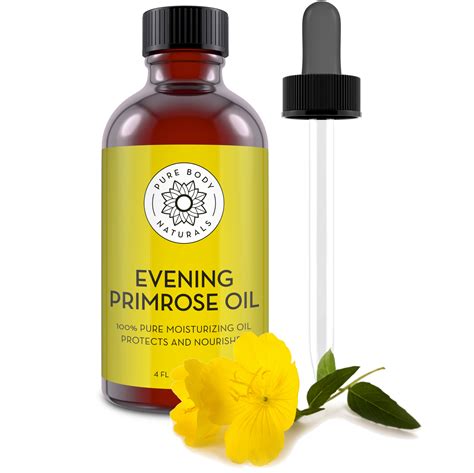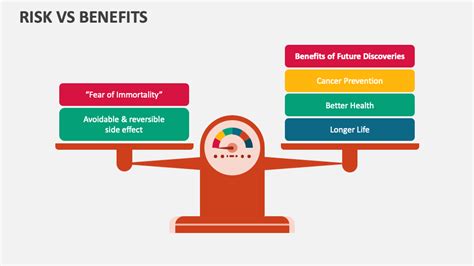Intro
Discover the potential risks of Evening Primrose Oil, including digestive issues, allergic reactions, and blood thinning, as we explore 7 key side effects, interactions, and contraindications to consider for safe usage and optimal health benefits.
Evening primrose oil has been widely used for its potential health benefits, including reducing inflammation, improving heart health, and alleviating symptoms of conditions such as eczema and rheumatoid arthritis. However, like any supplement, it can have side effects, especially when taken in large doses or combined with other medications. It's essential to understand these side effects to ensure safe and effective use.
The importance of being aware of the side effects of evening primrose oil cannot be overstated. While it is generally considered safe, individual reactions can vary greatly. Factors such as the quality of the oil, the dosage, and individual health conditions play a significant role in determining how one might react to the supplement. For instance, high-quality evening primrose oil that is rich in gamma-linolenic acid (GLA), an omega-6 fatty acid, is less likely to cause adverse effects compared to lower quality oils.
Understanding the potential side effects of evening primrose oil is also crucial for managing expectations and making informed decisions about its use. Many people turn to evening primrose oil for its perceived benefits, but without a clear understanding of its potential drawbacks, they may be unaware of the risks involved. This lack of awareness can lead to unintended consequences, such as interactions with other medications or exacerbation of underlying health conditions. Therefore, it's vital to delve into the specifics of evening primrose oil side effects to promote responsible and safe use.
Introduction to Evening Primrose Oil

Common Side Effects of Evening Primrose Oil

Less Common Side Effects
Less common but more serious side effects can include: - Allergic reactions: Although rare, some people may be allergic to evening primrose oil, which can cause symptoms ranging from mild skin rashes to severe anaphylactic reactions. - Interaction with medications: Evening primrose oil can interact with blood thinners, such as warfarin, and diabetes medications, potentially leading to adverse effects like increased bleeding risk or altered blood sugar levels.Special Considerations and Precautions

Quality and Dosage Considerations
The quality of the evening primrose oil and the dosage are critical factors in minimizing side effects. High-quality oil that is rich in GLA and has minimal contamination is less likely to cause adverse reactions. The typical dosage ranges from 500 to 2000 mg per day, with the GLA content varying from 8% to 10%. It's essential to follow the recommended dosage and start with a lower dose to assess tolerance before increasing it.Benefits vs. Risks: Making an Informed Decision

Consulting a Healthcare Provider
Given the potential for side effects and interactions with other medications, consulting a healthcare provider before starting evening primrose oil supplementation is advisable. A healthcare provider can offer personalized advice based on individual health needs and help monitor for any adverse effects.Conclusion and Future Directions

Final Thoughts and Recommendations

Engaging in the Conversation

What are the most common side effects of evening primrose oil?
+The most common side effects include gastrointestinal issues like nausea and diarrhea, headaches, and dizziness.
Can evening primrose oil interact with other medications?
+Yes, it can interact with blood thinners and diabetes medications, potentially leading to adverse effects.
Is evening primrose oil safe for pregnant and breastfeeding women?
+The safety of evening primrose oil during pregnancy and breastfeeding is not well established. It's recommended to consult a healthcare provider before use.
